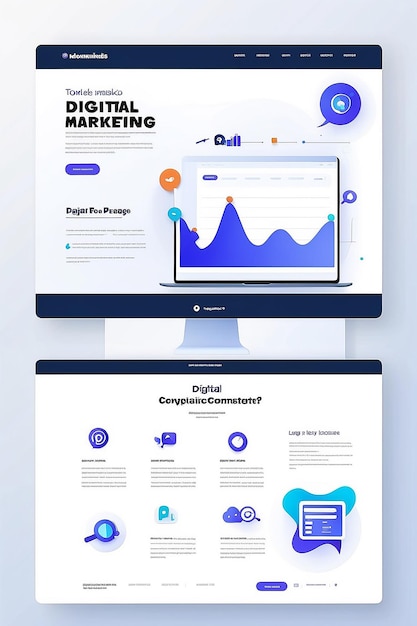
Portfolio Marketing – The Pinnacle of Strategic Product Marketing
Have you ever heard, “We need to be more strategic,” so often that you’d be rich by now? Embracing portfolio marketing might be the key to achieving truly strategic product marketing with less effort and better outcomes.
What is Portfolio Marketing?
In simple terms, portfolio marketing involves positioning and marketing the strategic value of your product portfolio to specific market segments. This approach integrates the marketing of individual products by highlighting how they collectively eliminate obstacles to customers’ strategic goals.
The Reality of Traditional Product Marketing
Marketing products individually, and in isolation, means your organization will never fully unlock its potential to market and sell strategic value. This method makes you work harder for less impactful results. The individual strategic value of each product pales compared to the combined value of all products in your portfolio. By marketing products individually, you dilute your unique differentiator: a cohesive platform of integrated products that help customers break down their silos and run their businesses more smoothly.
Will Portfolio Marketing Prevent Us from Selling Individual Products?
Not at all. In fact, it boosts the value message of each product. Portfolio marketing uses a top-down structure that aligns with the strategic priorities of your target customers. Each product is positioned to address the specific hurdles preventing customers from achieving their strategic goals, making your message clearer and more targeted for executive buyers, department heads, and users alike.
Does Portfolio Marketing Change Our Messaging Structure?
Absolutely, and for the better. Traditional product marketing, which builds positioning around buyer and user personas, is flawed. It complicates messaging by requiring at least two versions of positioning for each product. This added complexity makes it difficult for salespeople to effectively communicate your product positioning, especially if they manage multiple products.
Moreover, traditional structures often miss a key layer – department heads and VPs who influence decisions but aren’t the end-users or executive buyers. Additionally, most individual products aren’t inherently strategic, so creating strategic value messages for them is a misplaced effort.
The Simplicity of Portfolio Positioning
Portfolio positioning shines because it simplifies and unites your messaging, whether you approach it from the top-down or bottom-up. From the top down, you convey how the portfolio improves customer business by eliminating departmental obstacles through well-designed products. From the bottom up, you show how well-designed products enhance user performance, subsequently improving departmental performance and aiding overall strategy execution.
You don’t need separate buyer and user personas for portfolio messaging. Solid top-down customer discovery will make your messaging easier to create, understand, and repeat, and it will resonate more deeply with buyers.
The Core of Strategic Product Marketing
The essence of strategic product marketing and sales enablement lies in convincing prospective customers that you understand their market and business dynamics. Traditional product marketing is inherently tactical, focusing on the limited tactical value of individual products. Portfolio marketing, however, leverages the collective strategic value of all products, focusing on customer outcomes with measurable impact that individual products can’t achieve alone.
Product marketers should collaborate more with each other to amplify the strategic value of the portfolio, rather than laboring to differentiate each product’s tactical value. This approach will yield better results with less effort and stress.
Consider exploring how to enhance your skills in product management, product and portfolio marketing, pre-sales demos, and customer success with our hands-on learning format. And be sure to check out our Product Management Framework, which begins with customer outcomes to simplify building, marketing, selling, and delivering strategic value.